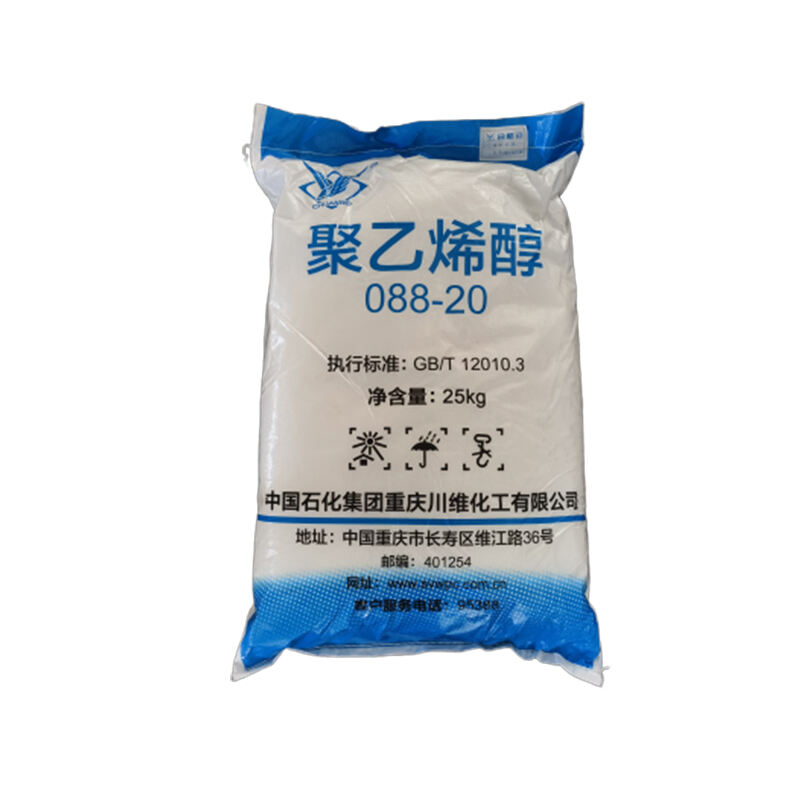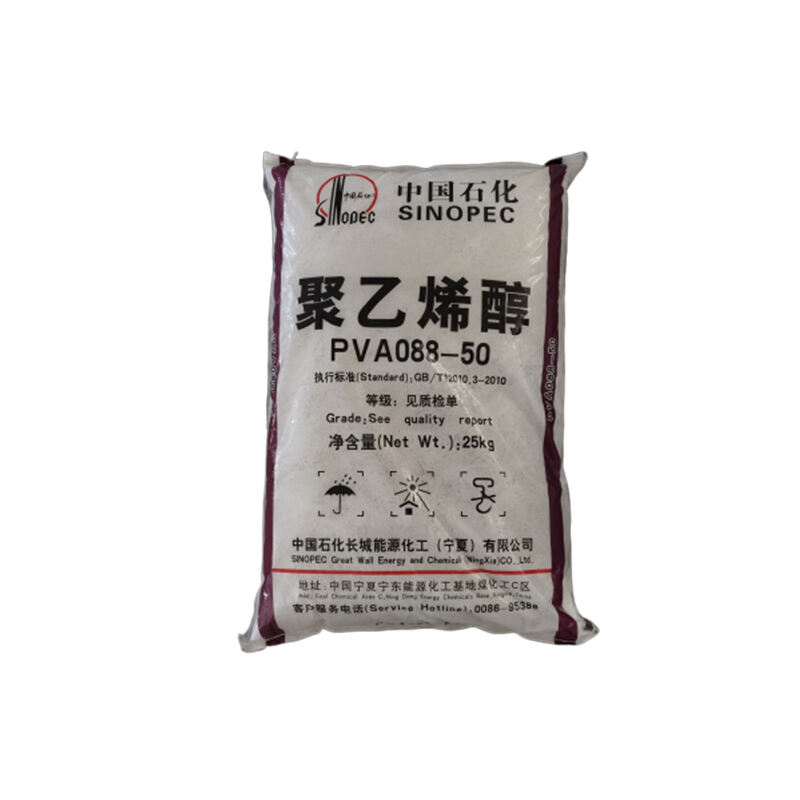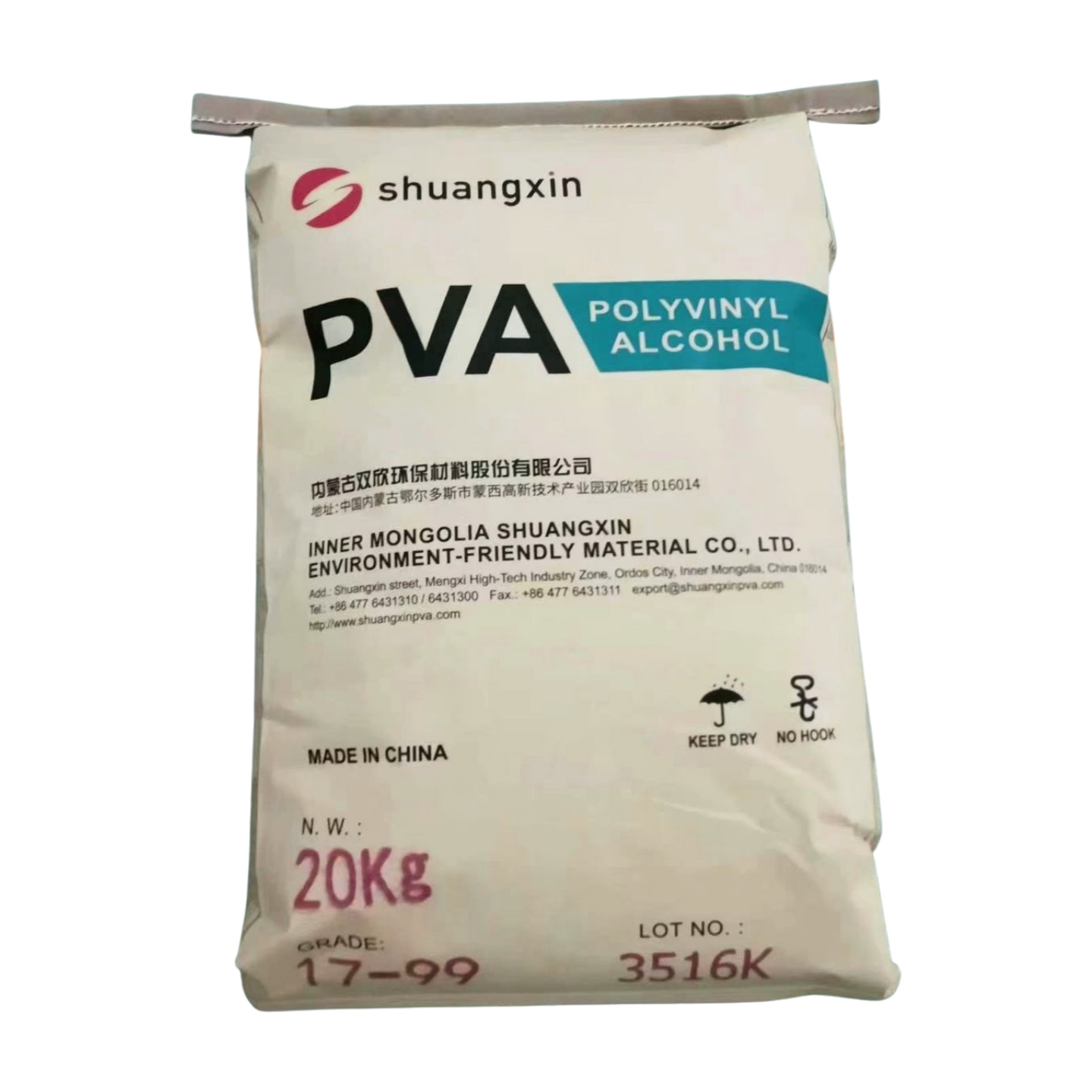
PVA is produced via a two-step process: polymerization and alcoholysis. First, vinyl acetate monomer (VAM) undergoes emulsion or solution polymerization. In emulsion polymerization, VAM, water, and emulsifiers form micelles where initiators like persulfates trigger polymerization, yielding polyvinyl acetate (PVAc) latex particles. Solution polymerization uses organic solvents (e.g., methanol) to dissolve VAM, forming PVAc in homogeneous solution. Next, PVAc undergoes alcoholysis in methanol with sodium hydroxide as a catalyst, replacing acetate groups with hydroxyls to form PVA. The degree of hydrolysis (DH) is controlled by reaction time and catalyst amount—higher DH (e.g., 99%) yields water-resistant PVA, while lower DH (e.g., 88%) enhances cold-water solubility. The process ends with washing, drying, and milling into powders or flakes.

